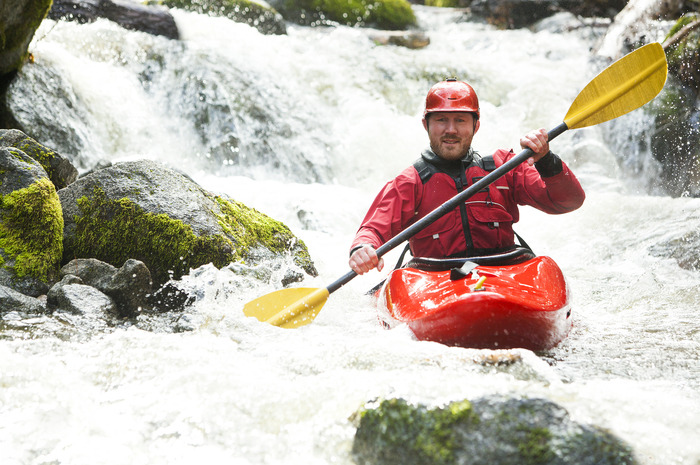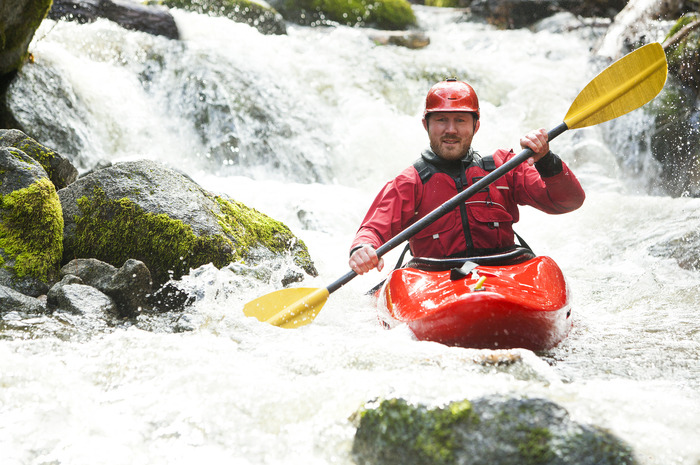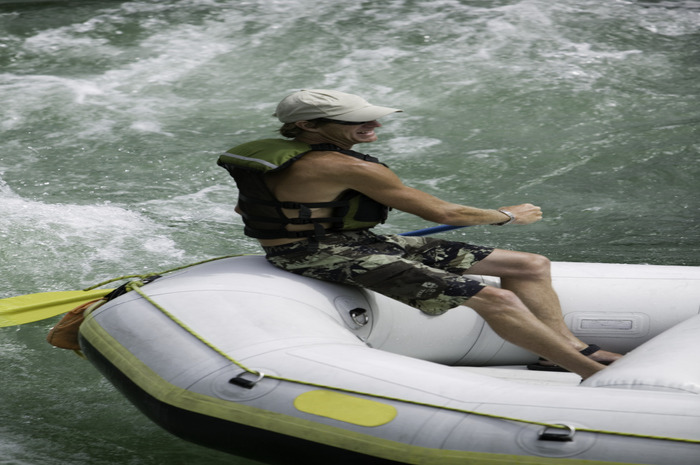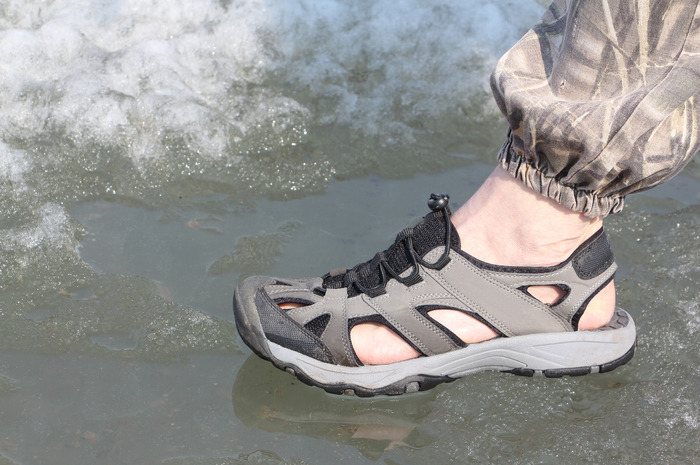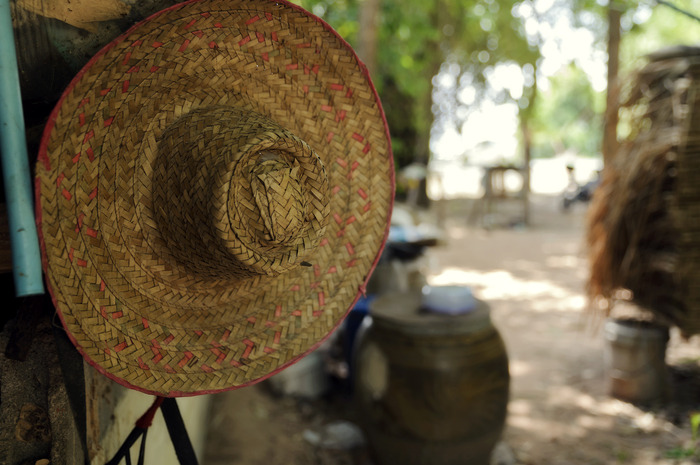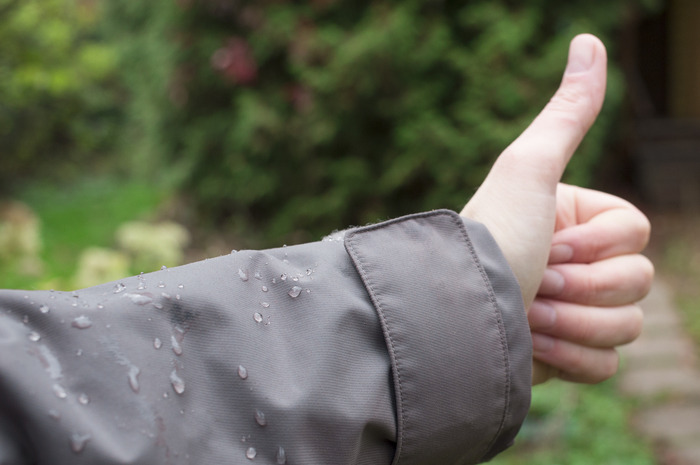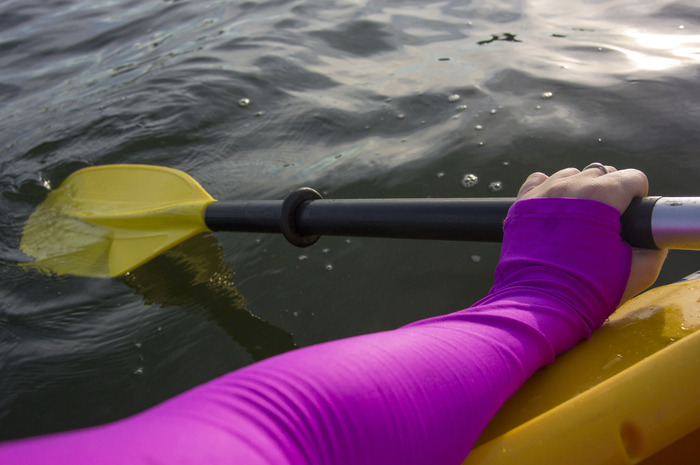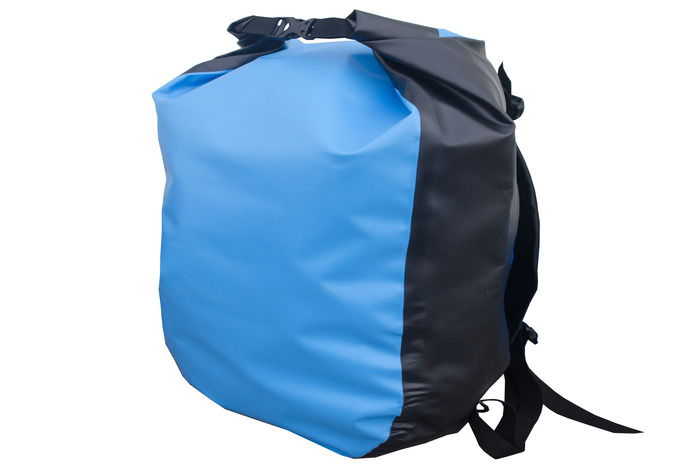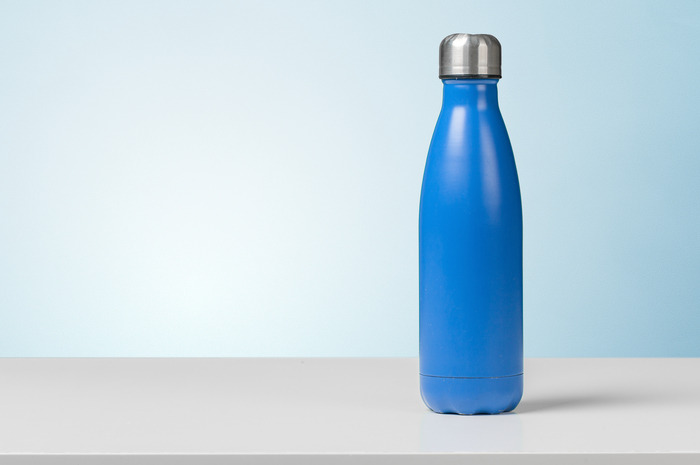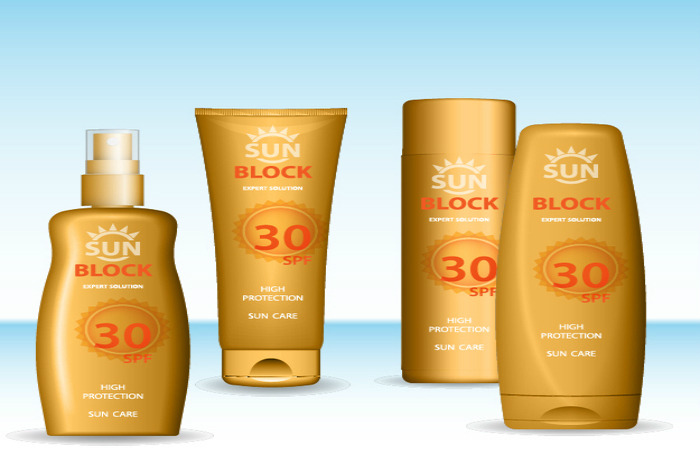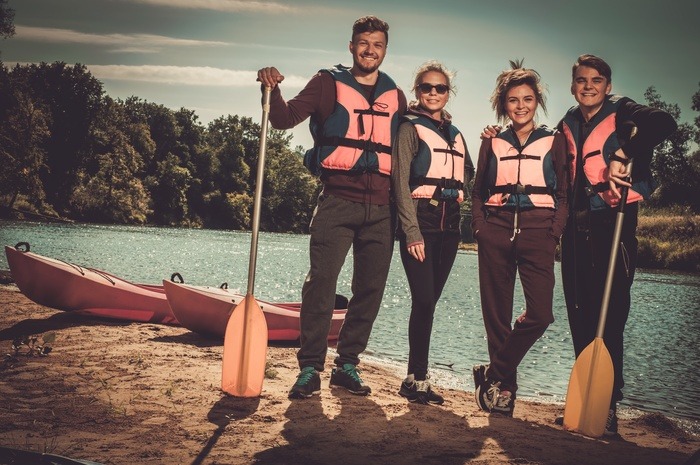What To Bring On Your Whitewater Rafting Adventure
What to Bring on Your Whitewater Rafting Adventure
Whitewater rafting is an exciting adventurous sport. But it can quickly turn into a very unpleasant, and even dangerous, experience if you are not prepared. Some of the items you need are available for sale once you arrive at the location from where you'll start your river quest. However, do you really want to spend money on hats with a brim, wetsuits or sunscreen protection which you probably already have it at home?
Quick dry shorts and/or bathing suit
Forget about cotton. It gets cold when wet and does not dry fast. Same goes for synthetic or wool socks. You need quick dry shorts. You will undoubtedly get wet, but the important thing is to not stay that way for too long. Ideally, you will wear shorts and a bathing suit made from loose materials.
Sandals with straps or wetsuit boots
Flip-flops and slippery shoes are the worst idea. At the very least, you will lose them overboard. Experts recommend you wear old sneakers or tennis shoes that you don't mind getting wet. In any case, you want your footwear to be sturdy so you can get in and out of the raft without hurting yourself while stepping on rocks.
Hat with brim
If you want thorough protection from the sun, sunglasses are not enough. They can also keep heat from zapping your energy, according to Outside Online. Pick a hat that offers the most coverage and is made from breathable mesh, making it the perfect necessary accessory for hot and sweaty days.
Sunglasses with retainer strap
If you don't want to send your sunglasses to the river bottom, pick ones with a retainer strap. Make sure you pick sports sunglasses that are helpful for blocking the sun's rays and the glare off the water. The pair may be different than the casual one you wear every day when you go outside to run errands.
Windproof and waterproof jacket
A wetsuit with a fleece jacket and waterproof shell over it is one of the best setups when spending a rainy or gray day on the river, according to Rafting the West. Fleece dries quickly and remains warm even when wet. You don't want to be exposed to the cold long because of the risk for hypothermia, a significant drop in the body's core temperature.
Rash guard
"Whitewater rafting is a tricky sport to dress for—one minute you're getting pummeled by rapids in a breezy canyon, the next you're baking in the sun with nowhere to hide," according to Trish Sare, the founder of BikeHike Adventures, an adventure travel company specializing in multi-sport tours. "In these situations, wearing a rash guard made from lycra, nylon, or polyester is your best bet for functionality. Special UV ray protection rash guards are available made from fabrics that provide up to UPF 50+ protection.
Dry bag
Dry bags ensure your gear stays intact on the water. Choose one that keeps water out even when submerged. It's also a good idea to bring smaller protective bags for things like your phone, in case you choose to bring that along. You also need a waterproof container to put your ID and other valuables inside.
Potable water
Whitewater rafting is a rigorous activity and a killer workout. That means you're burning energy and sweating (even if you don't feel it). Dehydration is making you sick on many ways. Make sure you bring enough drinking water. You may also want to stash a snack or energy bar in your bag to keep you going throughout the day.
Sunscreen
Your first line of defense from the sun, and skin cancer, is clothing; then comes planning around the sun. Doctors recommend people should apply sunscreen lotion with an SPF of at least 30 at least every two hours. The Environmental Working Group advises that you entirely avoid spray sunscreens because they can't cover skin completely.
Life jacket
Very likely the single most important piece of gear besides the raft and paddle, your life vest should accompany you on every trip. A quality PFD (personal flotation device) that fits correctly is key to safety on any body of water, but especially in the rapids.
